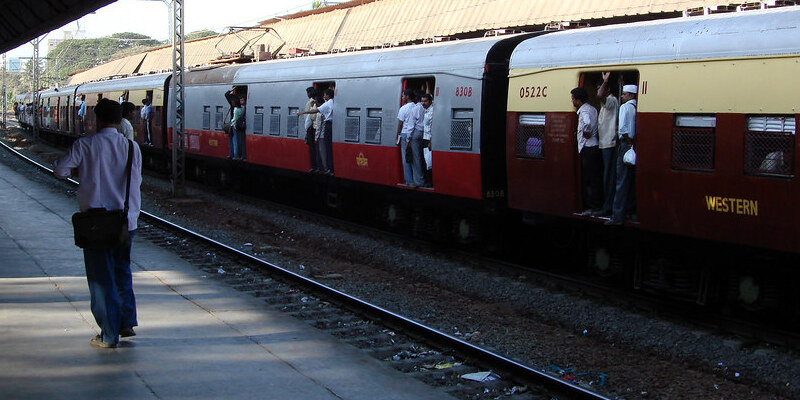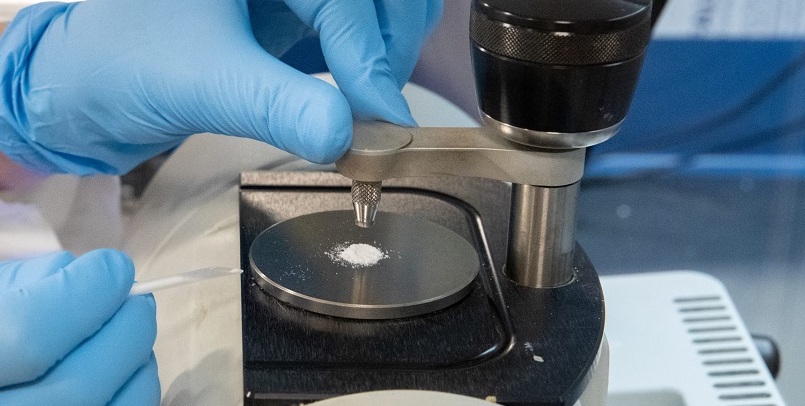Schedule a Call Back
Sanjiv Garg: DFCs have improved turnaround time for freight trains
 Interviews
Interviews- Sep 28,24
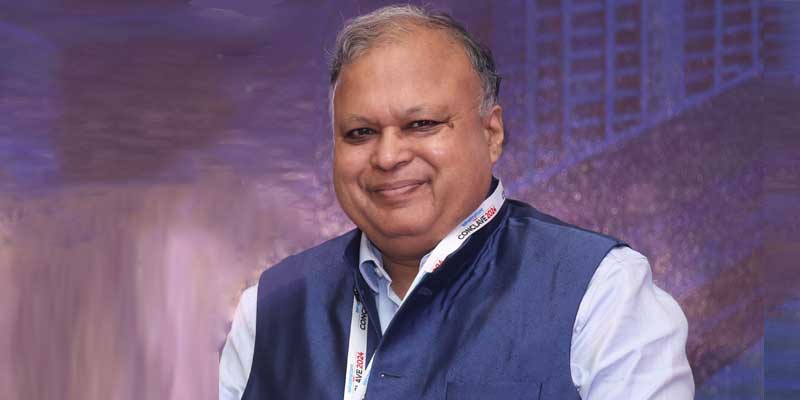
Related Stories
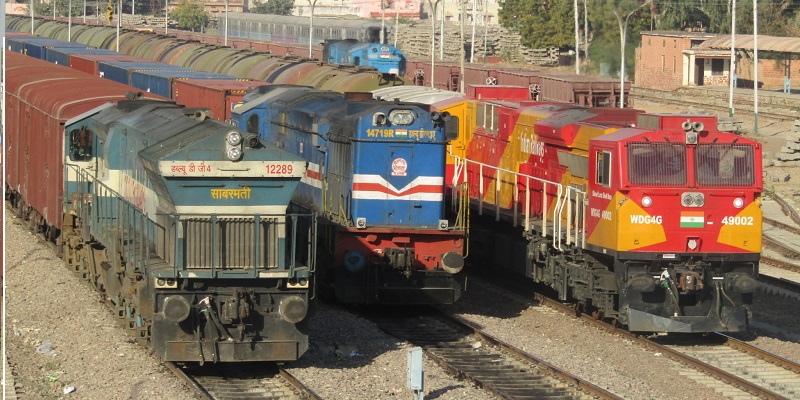
Indian Railways and Switzerland’s DETEC partner for technological collaboration
The renewed agreement builds on an original MoU from 2017, which covered areas like traction rolling stock, EMU train sets, propulsion equipment, electrification, and station modernisation.
Read more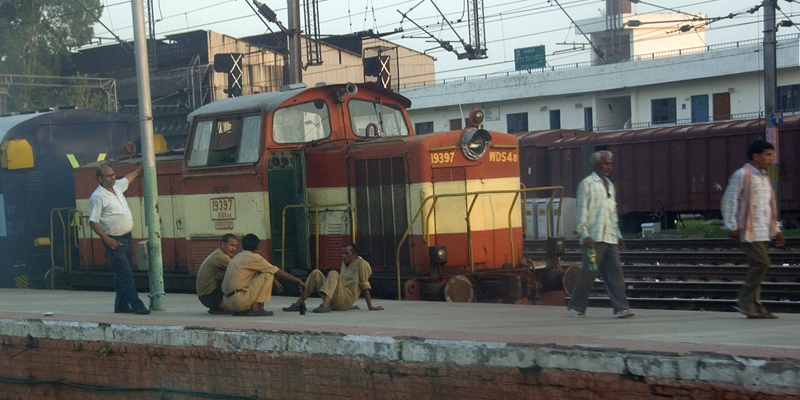
Freight corridors fuel equitable economic growth across India: Study
The DFC network spans 2,843 kilometers across seven states, with the 1,337-km Eastern DFC fully operational from Ludhiana to Sonnagar, Bihar, and the 1,506-km Western DFC nearly complete, connecting..
Read more
Installation of FGD units represents Rs 60 bn market potential: Adheesh Ramani
In this interview with Rakesh Rao, Adheesh Ramani, CEO, Jasmino Corporation Pvt Ltd, explains criticality of rubber lining for process industries and its role in protecting capital equipment and red..
Read moreRelated Products

Ball Rail Systems
Jinisha Electrolites offers a wide assortment of ball rail systems




